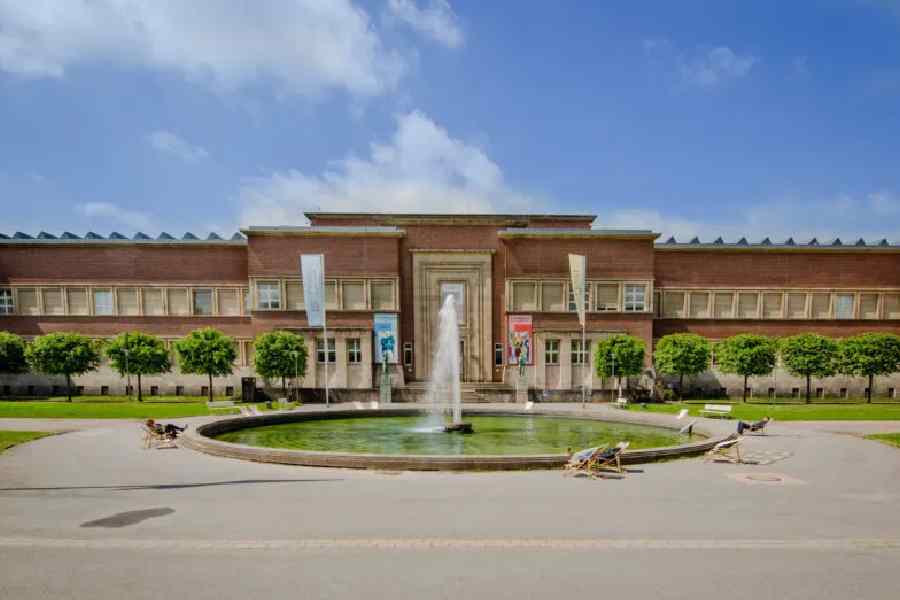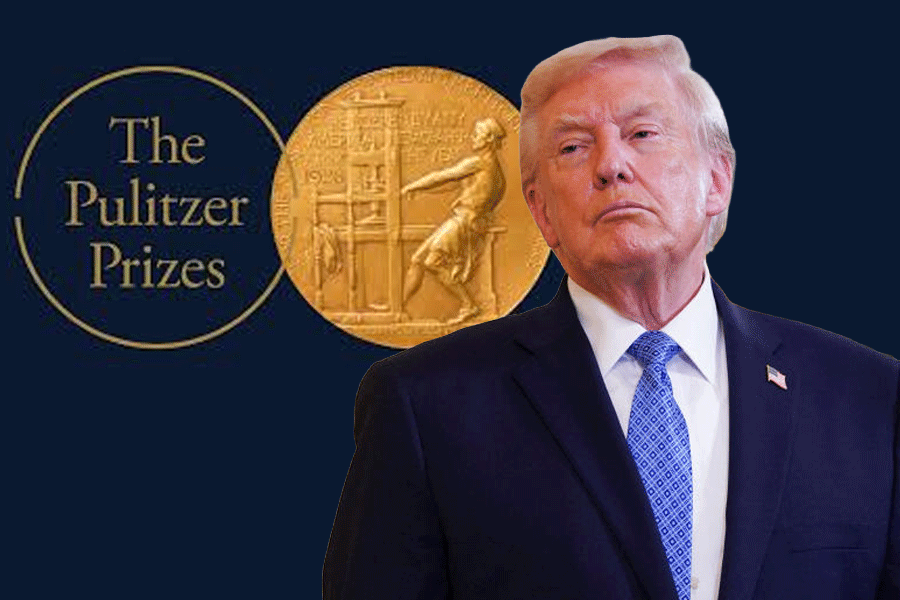If art can be a feast for the eyes and music to the ears, why can it not be a treat for the nose too? The Kunstpalast Museum in Düsseldorf seems to agree. Its new exhibition, The Secret Power of Scents, invites visitors to wander through more than a thousand years of human culture not just by sight alone but also through the nose. The show features 81 distinct smells across 37 galleries. Visitors step into rooms where religious sculptures mingle with the heavy sweetness of myrrh, instantly evoking the solemnity of medieval rituals. In another room, the metallic tang of gunpowder and the faint odour of blood simulate the vile chaos of World War I. The reactions to this exhibit, reports show, have been visceral: viewers have recoiled or have been moved to tears in reaction to the smells around them.
The conjunction of sensory vistas — sight, hearing, smell — as a form of consumption of art has precedents. Artists like Wolfgang Georgsdorf and Christophe Laudamiel, a perfumer, have experimented with orchestrating scent as if it were music, composing sequences that blend, fade and clash like notes in a symphony. What these artists share is an impulse to treat scent as a narrative medium, capable of structure and emotional rhythm. The art world’s engagement with smell also challenges a deeper hierarchy. Since the Enlightenment, sight has been elevated as the sense of reason, while smell was relegated to instinct. Over time, good judgement in art has thus been aligned with visual refinement. By reinstating smell into the experience of art, artists can challenge that hierarchy, reminding audiences that intellect is not the only path to understanding —intuition, too, has value. The nose, humble and unpretentious, might thus become art’s most democratic organ. This approach, interestingly, is backed by neuroscience: scientific studies show that the nose speaks more urgently to the brain than any other sense. Smell can bypass logic and evoke feelings. By tapping into the sense of smell, art then no longer asks to be interpreted; it demands to be experienced in an immersive manner. That leap from viewing to feeling signals a possible future for art galleries and museums.
The power of smell is not to be undermined. It shapes behaviour, memory and moral perception in ways both subtle and profound. Psychologists studying olfaction have found that unpleasant scents — burnt plastic, antiseptic, smoke — can heighten empathy or fear depending on context. This capacity for emotional immediacy — intimacy — gives scent a political charge. If a museum can reproduce the smell of war, it can make conflict present in a way no image can. The Düsseldorf exhibition’s recreation of the Western Front demonstrates this. Visitors flinch, some step back, as if the air itself has become dangerous. Such a response could be harnessed to depict — confront — contemporary wars too. In a world saturated with photographs of Gaza, Ukraine and Sudan, a scent installation could collapse distance, replacing abstraction with physical unease.
Art’s task is to move, to stir, to make feeling unavoidable. Smell sharpens that mission. It sneaks past defences and lodges where argument cannot reach.











